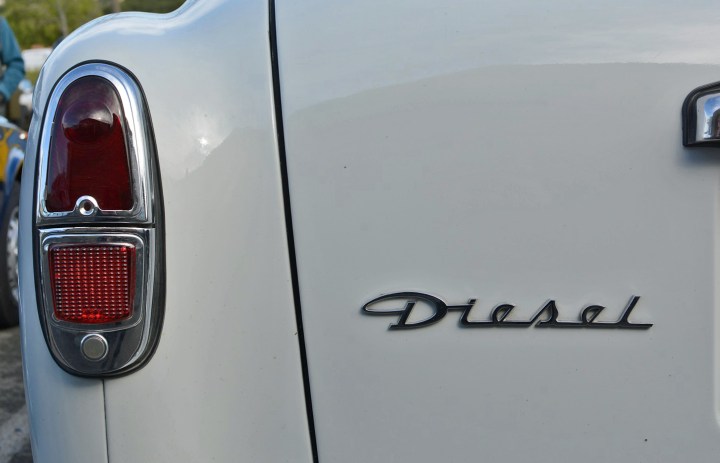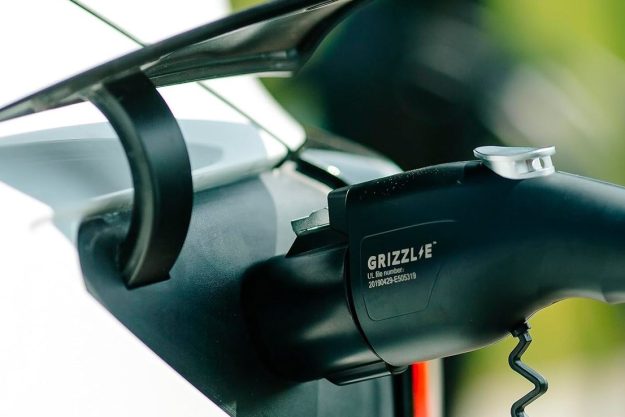
The extensive testing of 263 vehicles by Emissions Analytics in controlled road conditions found that just eight cars met the respective standards for their model years, the rest exceed the allowed emissions, some by as much as 12 times the legal emissions limits. Of 201 cars bound by a 2009 standard (Euro 5), only one was not in violation. There were 62 cars tested against the 2014 standard (Euro 6) and only seven of those passed. Somewhat ironically, of the seven Euro 6 cars that were within legal limits, four were VWs.
Nitrogen oxide pollution is dangerous in general, especially in congested cities. The British government estimates 23, 500 premature deaths per year can be attributed to polluting diesel engines. While city and national officials, politicians from all parties, and health experts agree that the impact on health is unacceptable and inexcusable, the current official testing process doesn’t screen well enough.
The certification testing for cars with diesel engines is done in controlled laboratory settings. By using exact conditions, the test results are more likely to be valid, reliable, and comparable between models. And they are, but only in the lab. While many assumed that actual emissions would differ in real world testing, all parties involved were surprised at the percentage of cars over the limits as well as the degree to which some exceeded the emissions standards in Emissions Analytics’ testing.
The U.S. and the much of the rest of the world were shocked by the VW diesel test-rigging scandal that broke in 2015. Since then models from several manufacturers have been found over the limits. This new finding of the discrepancy between in-labs and on-road diesel engine testing is another wake-up call that countries should heed before it’s too late. There is hope that since eight of the 263 tested cars could meet the emissions standards with on-road testing, that others could be engineered or prepared to do so as well.
Editors' Recommendations
- The Sony car is real. Sensor-studded Afeela EV destined for U.S. roads in 2026
- U.K. says 2035 is the end of the road for nonelectric cars




